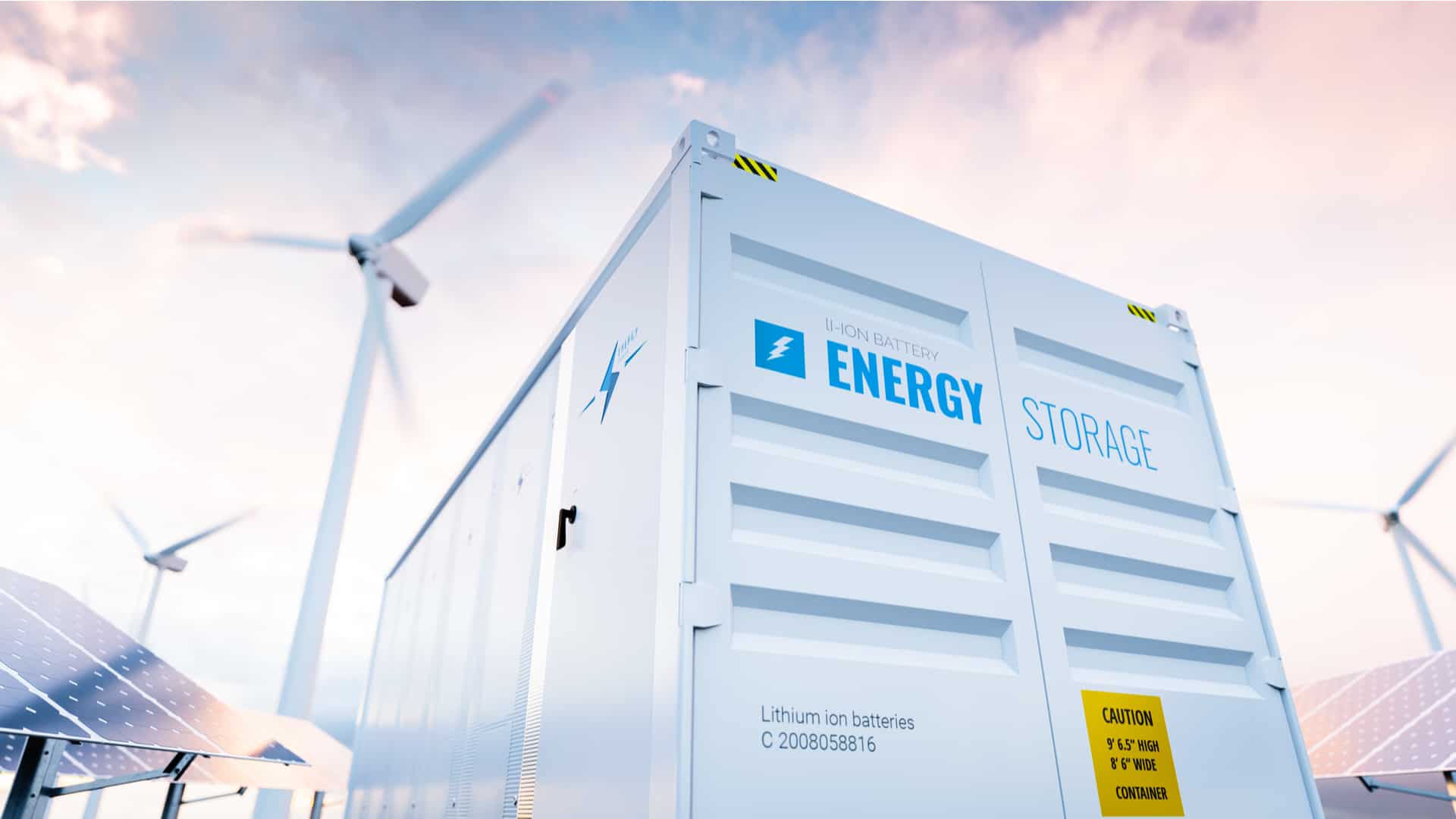Renewable Backup Systems: Ensuring Power Continuity in Sustainable Cities
By Jane Marsh
As the world transitions to sustainable living, cities must find a lasting solution to one of the most pressing challenges facing renewable energy — ensuring continuous power supply. Wind and solar constitute the most common sources of renewable energy, but due to input fluctuations, their uninterrupted output remains limited.
When the sun goes down, or the wind stops blowing hard enough to keep the turbines spinning, the electricity supply drops, which is problematic for certain sectors. Do renewable backup systems hold the answer to addressing energy transmission interruptions in sustainable cities?
The Role of Renewable Backup Systems
Renewable storage plays a vital role in green city infrastructure. The emergence of these systems has been beneficial in the following areas.
Resilient Energy Distribution
A recent study shows renewable energy generation grew by 1,720 terawatts between 2010 and 2020. While this is good news from a sustainability perspective, it presents potential challenges for ensuring reliable citywide power supply, especially during grid disruptions or peak demand periods.
As more residential and commercial structures transition to cleaner electricity sources, the distribution framework must become more resilient. Backup systems are integral to this goal, storing surplus energy during low-demand periods and maintaining supply stability when power generation is lowest.
The highest level of reliability is essential for critical infrastructure like emergency response and health care, where even a few seconds of interrupted power can compromise patient care, potentially causing massive financial and reputational losses. The average cost of an outage was $7,900 per minute as of 2016 — no doubt the figure has gone up through the years.
Smart Grid Technology Integrations
Smart grids are fundamental to sustainable city development. These networks use digital interconnected devices to manage electricity supply and demand. Integrating these systems with renewable storage can benefit the overall energy distribution framework.
For example, utility providers can use smart sensors to track changes in power usage over time. This allows them to identify areas where grid-scale backups are most necessary to ensure continuous supply.
Decreased Reliance on Fossil Fuels
Reducing dependence on fossil-fueled supply is a tenet of sustainable cities. However, this is a gradual process, as renewables cannot be used uniformly across the electricity system to replace fossil fuels in one swoop. For example, industrial applications like cement and steel production require massive amounts of power, which may be beyond the output scope of current green electricity systems.
Backup systems help speed this transition by increasing renewables’ supply capacity and enhancing grid stability. As alternative technologies that can replace current production methods become available, they will be more compatible with cleaner energy, driving a shift in demand. This development will also go a long way in decreasing the nearly 37 billion tons of CO2 attributed to fossil fuels worldwide.
Decentralized Energy Generation and Storage
Distributed renewable power plants combined with backup systems can empower communities to generate, store, and share excess energy locally. These developments led to the emergence of community solar projects, which augment grid supply and ensure continuity for specific applications during outages. Washington’s community solar program includes backup systems to provide up to three days of clean energy to critical loads, including residential lighting, water pumps, and refrigerator outlets.
Innovative Technologies in Renewable Backup Systems
As evidence has shown, clean electricity storage systems are an increasingly critical part of the energy mix. These innovations are changing the game, making renewable power more accessible and practical than ever.
Battery Storage Systems
Advancements in lithium-ion batteries and flow batteries have revolutionized energy storage capabilities. An example is Tesla’s Megapack installations across Australia to enhance grid reliability and eliminate the need for gas peaker plants. The 1.3 GWh capacity battery system comprises several individual units, each offering 3.9 MWh of electricity and 15.6 MWh of storage.
Hydrogen Fuel Cells
The Department of Energy highly rates hydrogen production as a viable renewable storage resource. With approximately 10 million metric tons of hydrogen produced yearly, it also presents a huge potential to further reduce reliance on fossil fuels. Current research into these systems revolves around minimizing the cost of production to $1/kg by 2031.
Hydrogen storage plants are already deployed across Europe to optimize power supply in remote areas. A recent project involved integrating a 2.5 MW electrolyzer with existing wind farms and renewable storage systems to complement total output in the difficult-to-access Varanger region. The project concluded in December 2023 and cost over €7 million.
Flywheel Energy Storage Systems (FESS)
A FESS storage technology uses a rotating mass to store kinetic energy until necessary. The captured power keeps the flywheel spinning at high speeds until it can be converted and transmitted as backup electricity. An example is FlyGrid — a FESS prototype showing significant promise for enhancing EV infrastructure. Testing results show the device can provide an additional 25 hours of driving on a single charge.
Ensuring Uninterruptible Power Supply in Sustainable Cities
Grid-scale renewable backups are critical for managing various issues that can impact continuous citywide energy distribution. These systems are essential to bridging supply gaps during outages, facilitating smart grid integrations, and reducing CO2 emissions. It will be exciting to see how these innovations advance in the future as more regions adopt sustainability.
Article by Jane Marsh
Jane works as an environmental and energy writer. She is also the founder and editor-in-chief of Environment.co
